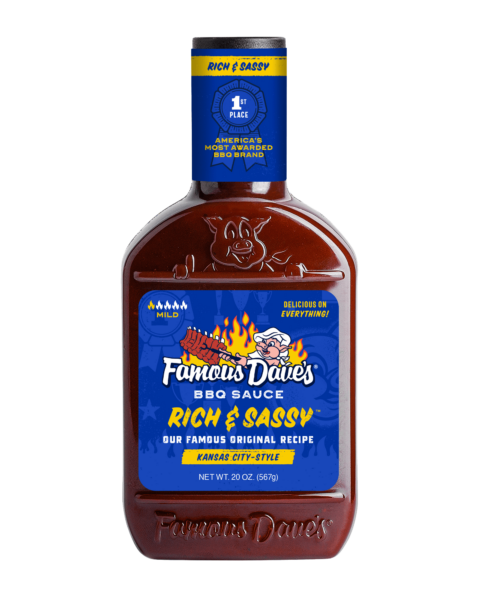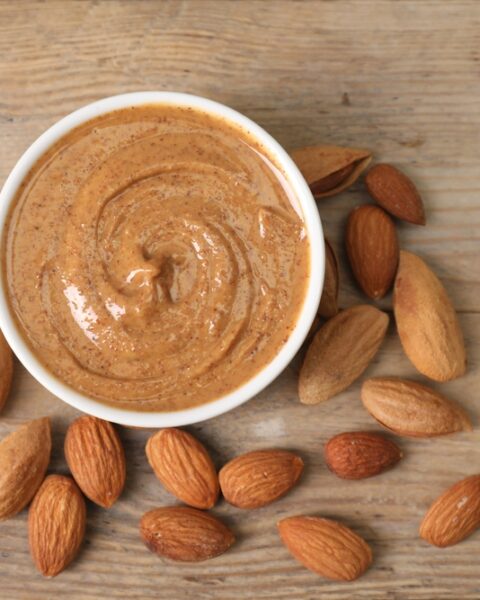Southeast Asia is home to a dazzling number of exotic fruits that many people outside the region have never even heard of. While the world is familiar with staples like mangoes and bananas, there are countless other unique fruits tucked away in the lush landscapes of countries like Thailand, Indonesia, and the Philippines. These fruits offer a tantalizing mix of flavors, textures, and health benefits, often surprising even the most adventurous eaters. From sweet and creamy to tangy and zesty, Southeast Asia’s fruit selection is as diverse as its cultures. For those looking to expand their palate, here are some exotic fruits you’ve probably never tried but absolutely should.
Contents
Mangosteen
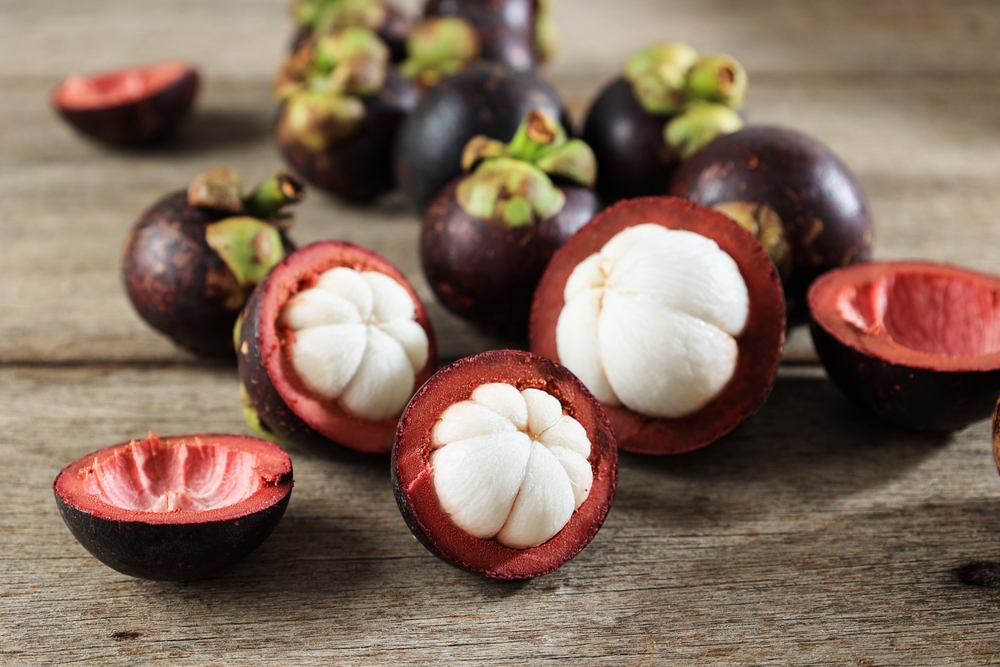
Often called the “queen of fruits,” mangosteen is a small, round fruit with a thick purple rind. Inside, its juicy white flesh is divided into segments, offering a sweet, tangy flavor often compared to a mix of peach, pineapple, and lychee. It’s prized not only for its taste but also for its health benefits, being rich in antioxidants and vitamins. Found in tropical climates, mangosteen is particularly popular in Thailand and Malaysia. Despite its allure, the fruit can be challenging to export due to its perishable nature. If you ever visit Southeast Asia, tasting fresh mangosteen is a must.
Durian
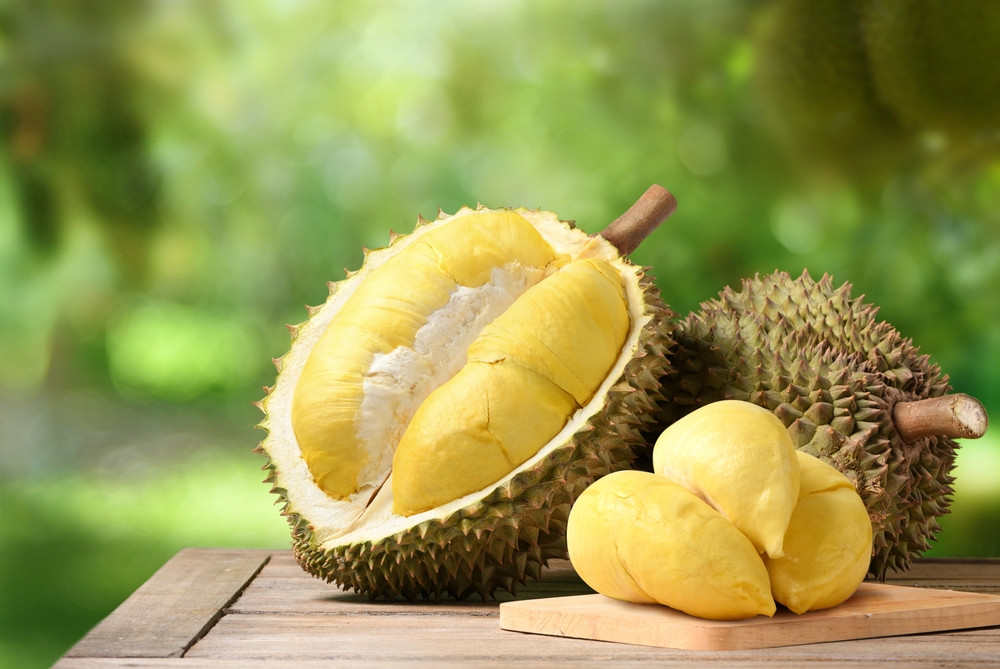
Known as the “king of fruits,” durian is famous for its divisive reputation. Its spiky exterior hides a creamy, custard-like flesh with a strong odor often described as pungent or even foul. However, those who enjoy durian rave about its rich, sweet flavor with hints of almond and caramel. Durian is highly nutritious, packed with fiber, vitamin C, and healthy fats. Popular across countries like Malaysia, Indonesia, and Thailand, durian is used in desserts and savory dishes. Love it or hate it, durian is an unforgettable experience.
Rambutan
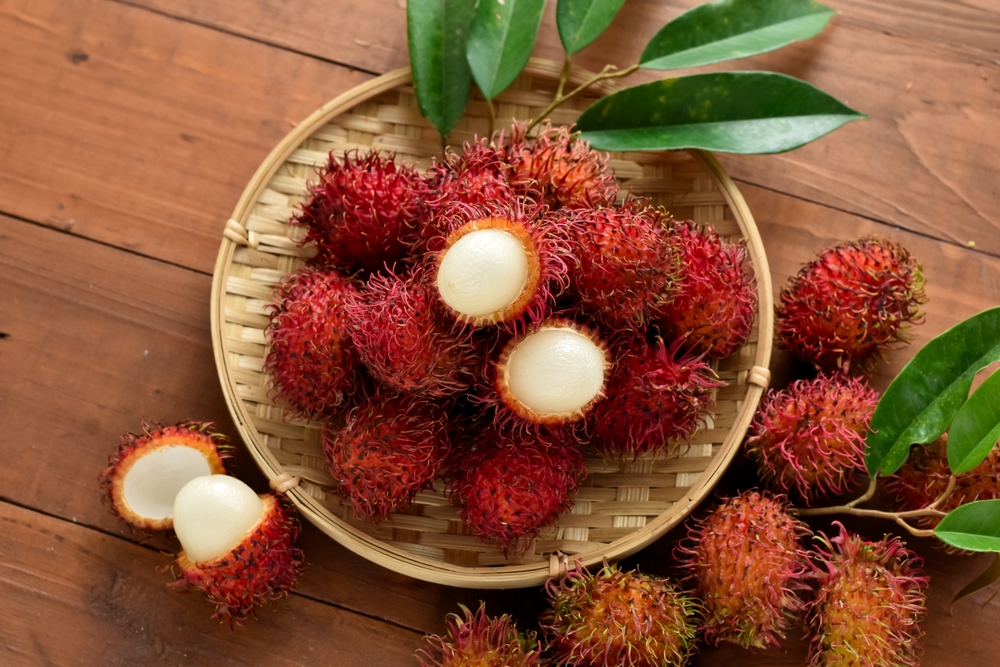
Resembling a hairy lychee, rambutan is a small, red fruit with a spiky shell. Once peeled, it reveals translucent flesh that is sweet and slightly tangy, similar to a grape. Native to Malaysia and Indonesia, it thrives in tropical climates and is a popular snack. Rambutan is rich in vitamin C, copper, and antioxidants, making it a healthy choice. It’s often sold in markets in clusters, adding to its vibrant, exotic appeal. Its unique appearance alone makes it a must-try fruit.
Langsat
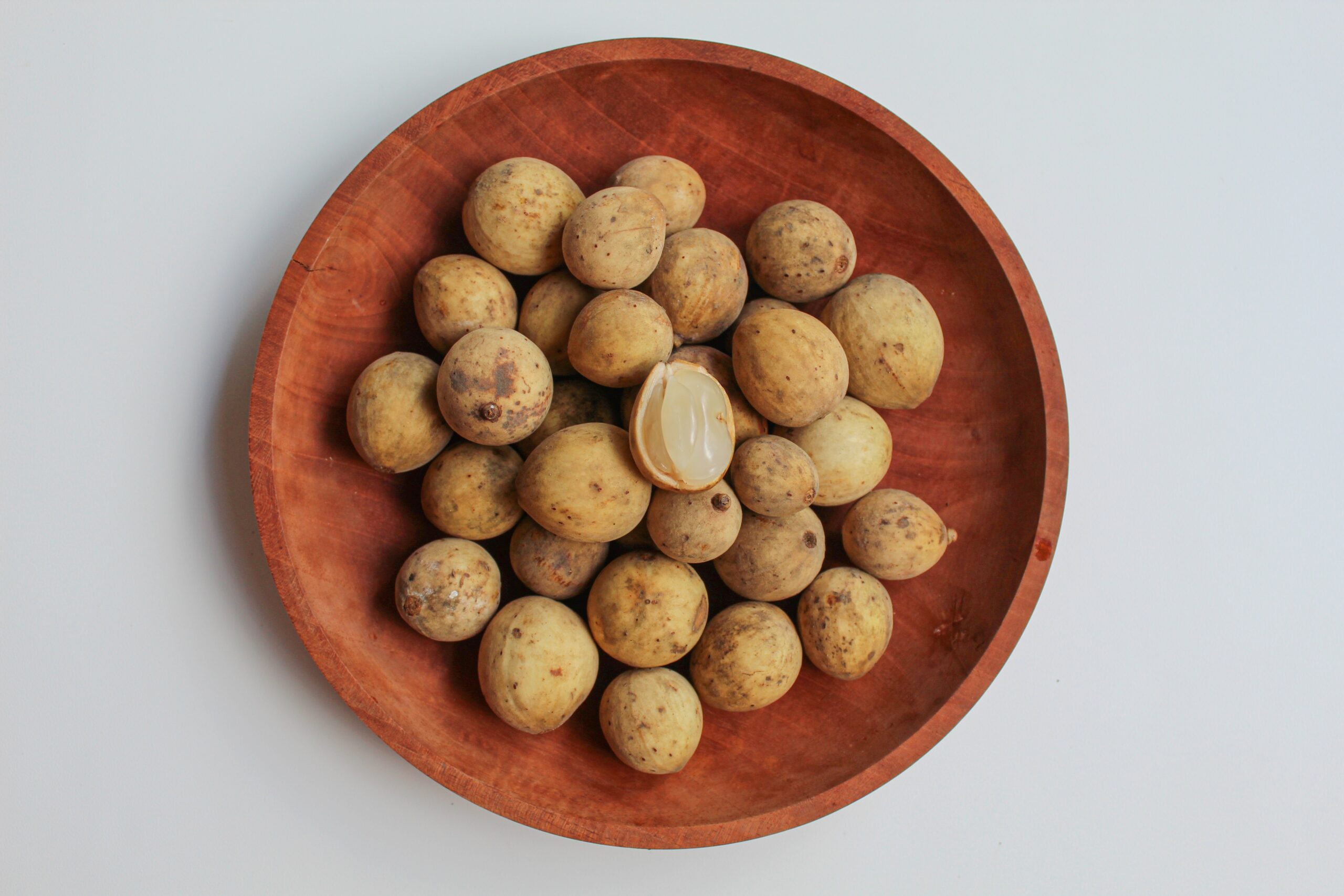
Langsat, or lanzones, is a small, round fruit with a pale yellow skin and translucent flesh. Its flavor ranges from sweet to slightly sour, with a delightful balance of sugar and acidity. Found in countries like the Philippines and Indonesia, langsat grows in clusters on tall trees. The fruit is rich in dietary fiber, vitamins A and C, and is believed to aid digestion. Often enjoyed fresh, langsat can also be turned into candies and syrups. Its subtle flavor makes it a refreshing treat on a hot day.
Salak (Snake Fruit)

Named for its reddish-brown, scaly skin, salak is a unique fruit native to Indonesia. The fruit’s flesh is firm and crunchy, with a taste that’s a blend of sweet and sour. Its high vitamin C content and antioxidant properties make it a nutritious snack. Peeling salak can be tricky due to its sharp skin, but the reward is worth the effort. Often eaten fresh, salak is also used in desserts and pickles. Its exotic appearance and tangy flavor make it a standout among tropical fruits.
Pomelo
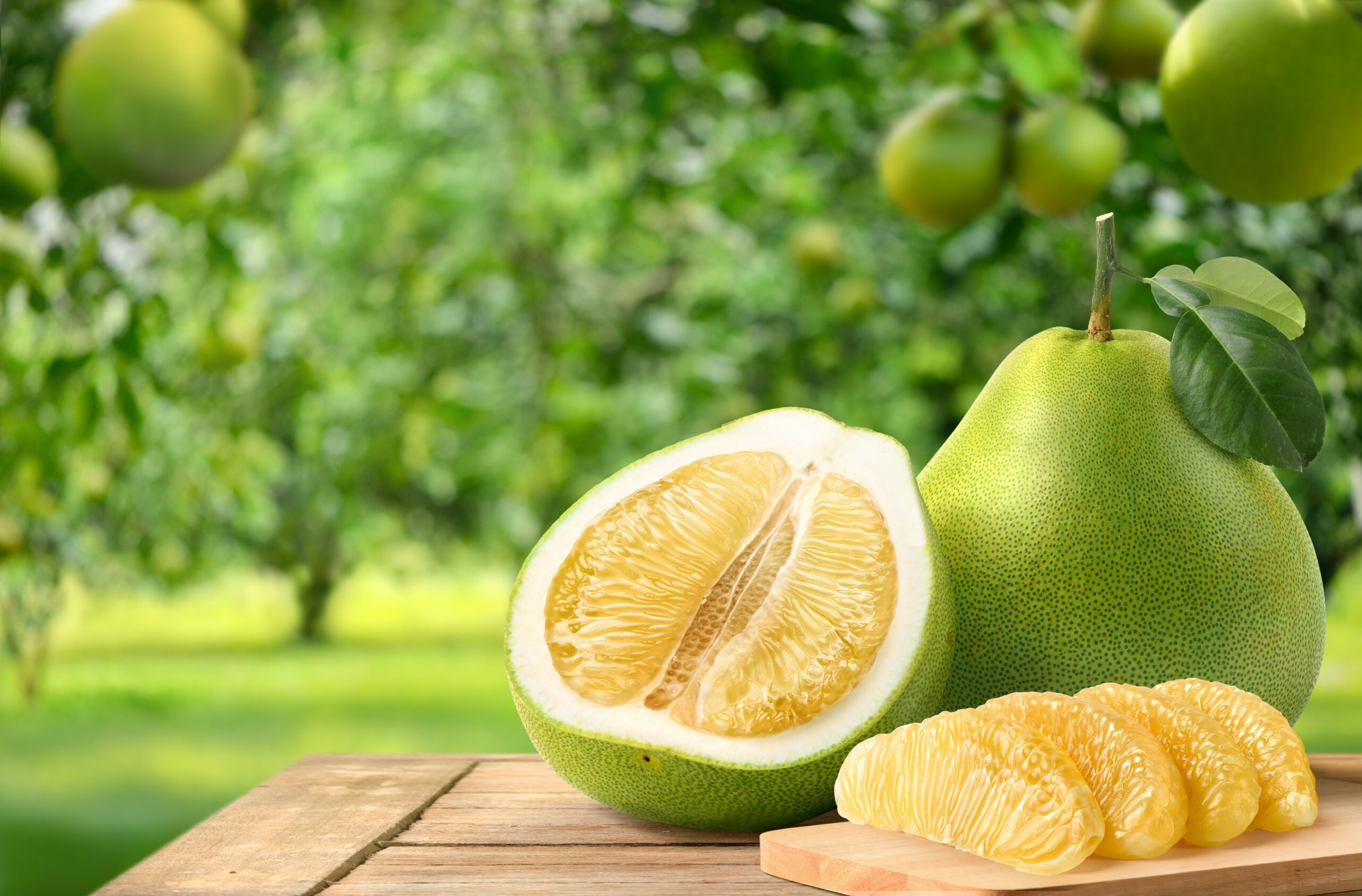
As the largest citrus fruit, pomelo is a favorite in Southeast Asia for its juicy, slightly sweet, and mildly tangy flavor. It resembles a giant grapefruit but lacks the bitterness, making it more palatable. Pomelo is rich in vitamin C and potassium, contributing to its popularity as a healthful snack. Found in Thailand, Vietnam, and the Philippines, the fruit is often given as a symbol of prosperity during festivals. Its thick rind can be used in traditional recipes or crafts. Eating pomelo fresh is an experience in itself.
Santol
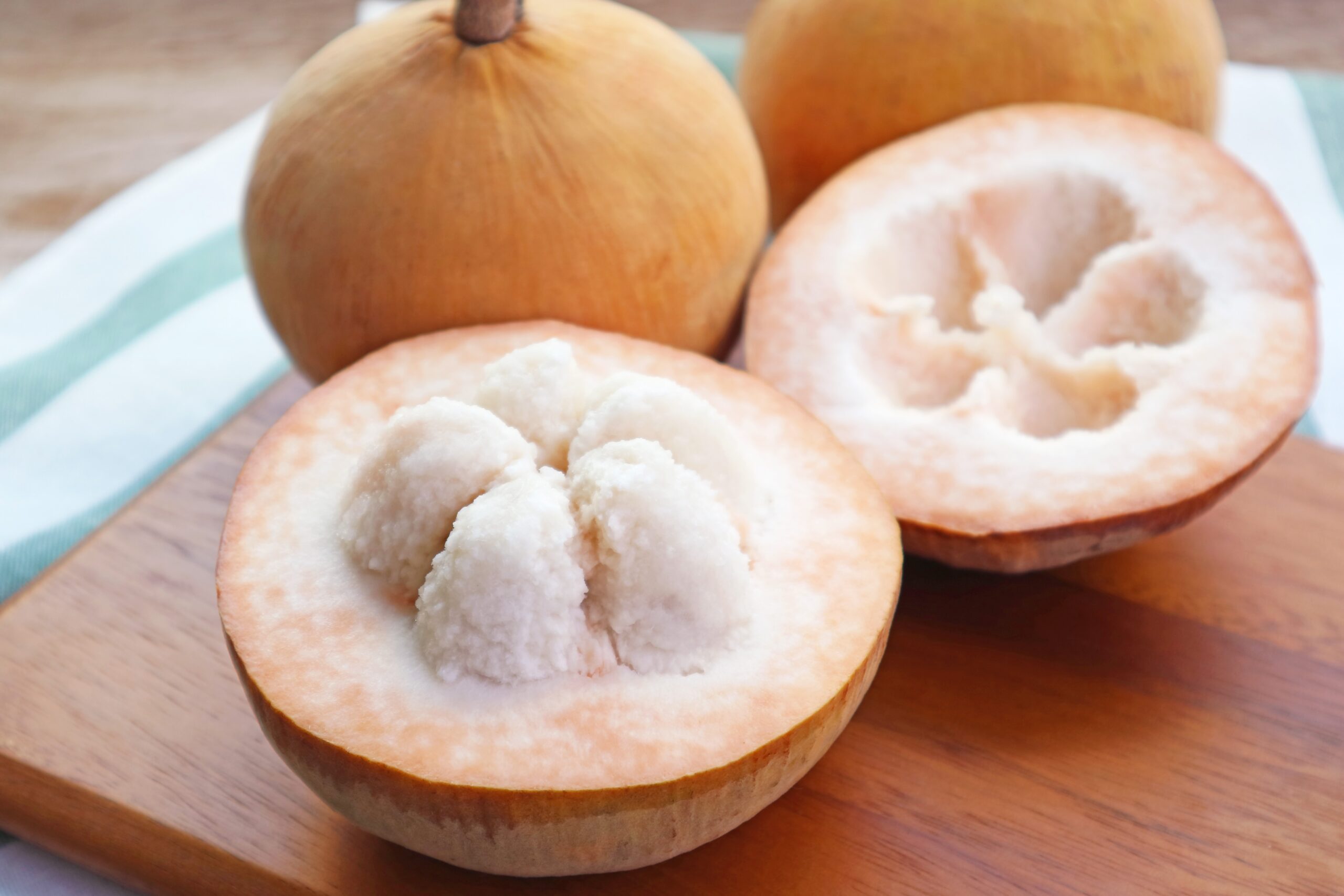
Known as the “cotton fruit,” santol has a thick, leathery rind and soft, cottony flesh around its seeds. Its flavor is a mix of sweet and sour, with a hint of citrus. Popular in the Philippines, Thailand, and Cambodia, santol is often used in sauces and savory dishes. The fruit is rich in fiber and vitamins, making it a healthy addition to any meal. Its seeds can be slightly tricky to handle, as they are large and fibrous. Despite this, santol is a beloved fruit for its versatility.
Longan
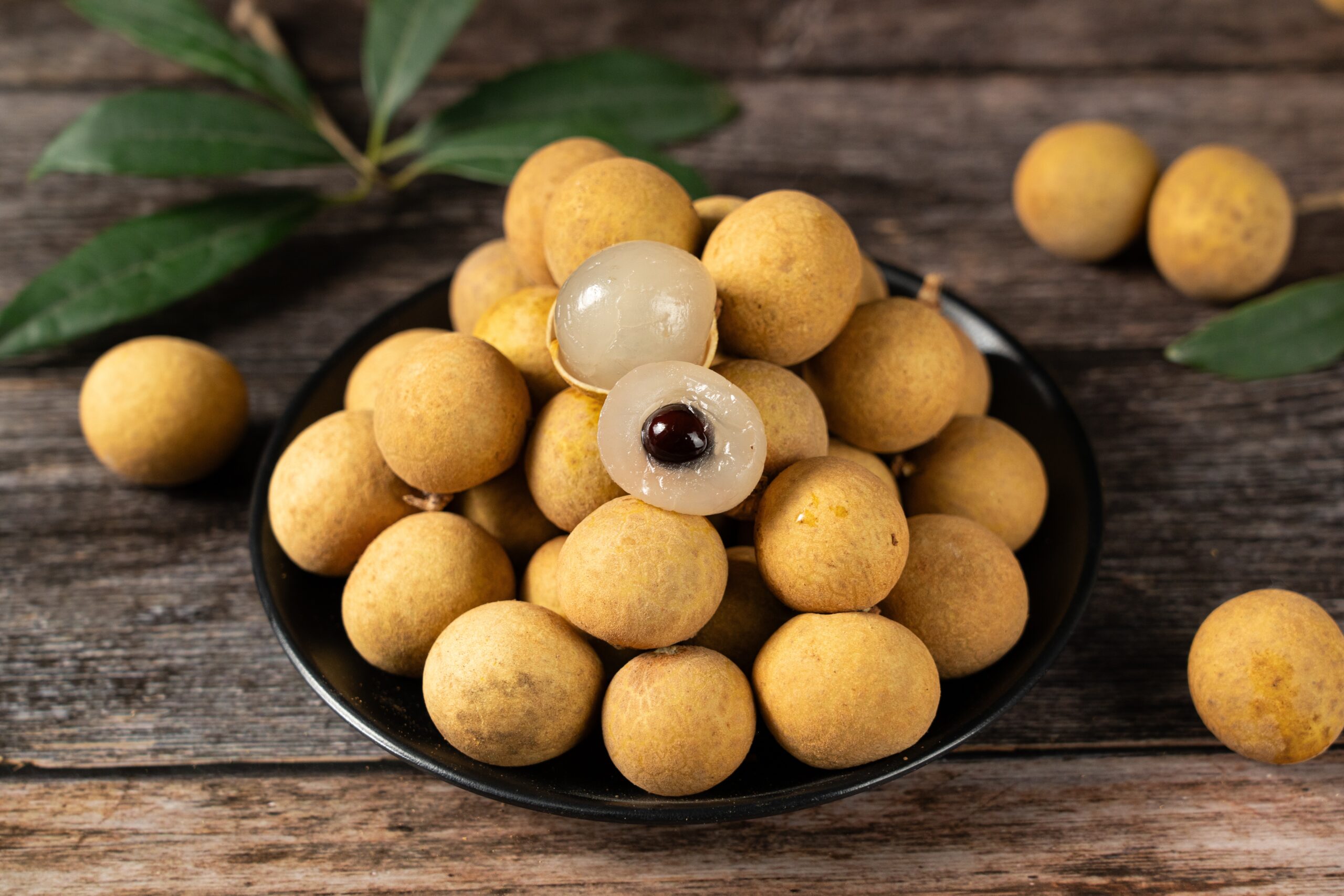
Longan, often called the “dragon’s eye,” is a small, round fruit with a translucent white interior and a dark seed in the center. Its flavor is sweet and juicy, similar to lychee but less floral. Longan is commonly found in Thailand, Vietnam, and Cambodia, where it is enjoyed fresh or dried. Packed with antioxidants, vitamin C, and iron, it is a nutritious addition to desserts and teas. Longan’s delicate flavor pairs well with other tropical fruits. Its small size makes it an easy snack.
Custard Apple
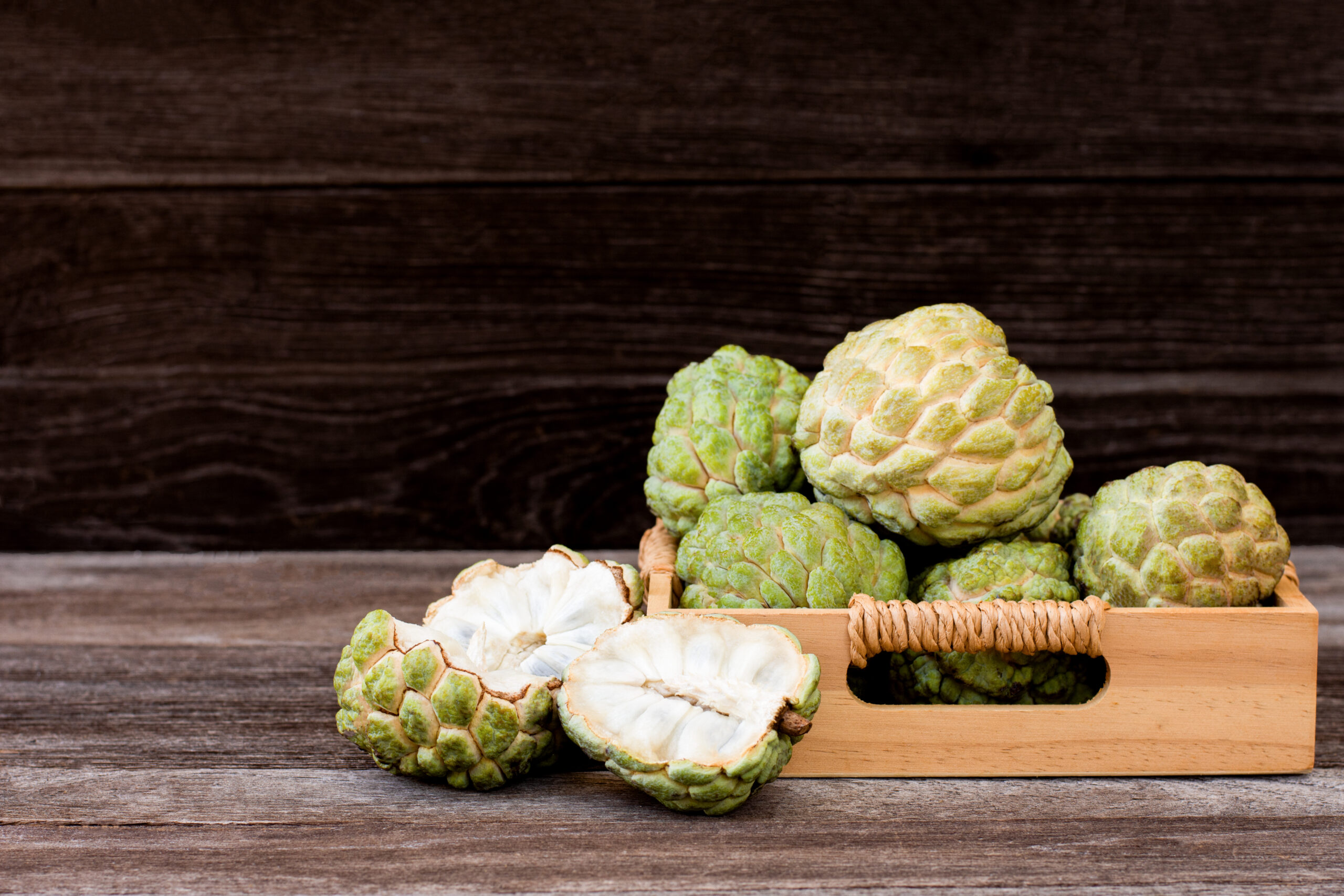
Custard apple, or sugar apple, has a knobby green skin and creamy, sweet flesh. The fruit tastes like a blend of banana and pineapple, making it a delightful tropical treat. Native to Southeast Asia, it thrives in warm climates and is a favorite in markets across the region. Its flesh is rich in vitamins A and C and is often eaten with a spoon straight from the rind. Custard apple is also used in smoothies and desserts. Its unique texture and taste make it unforgettable.
Tamarind
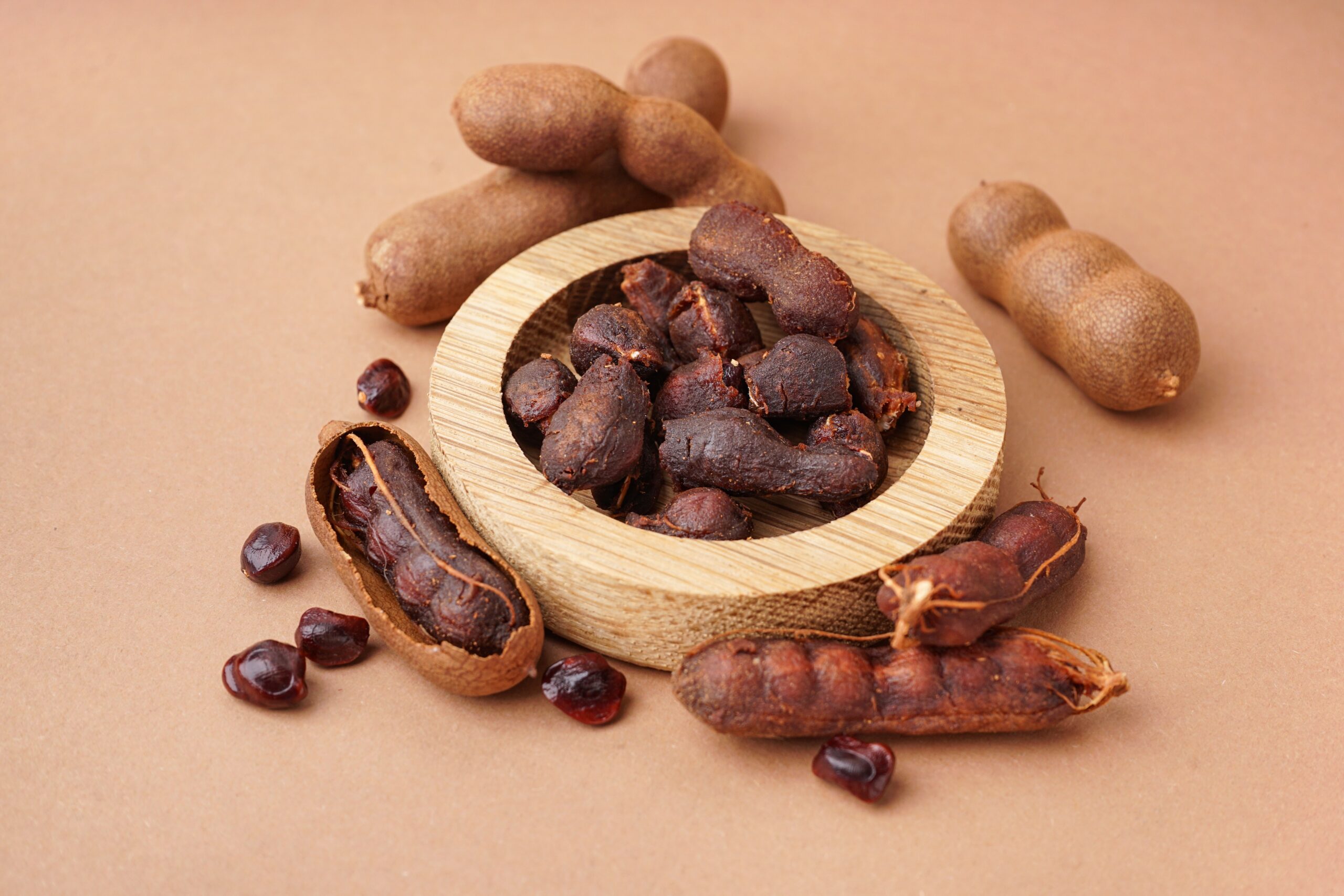
Tamarind is a pod-like fruit with a tangy, sweet pulp that is used in both savory and sweet dishes. Found across Southeast Asia, it is a key ingredient in Thai and Malaysian cuisines. Tamarind is high in fiber and antioxidants, contributing to its health benefits. The fruit is often turned into candies, syrups, or sauces, making it incredibly versatile. Its tangy flavor is particularly refreshing in drinks on a hot day. Tamarind’s unique taste is a must-try for food adventurers.
Cempedak
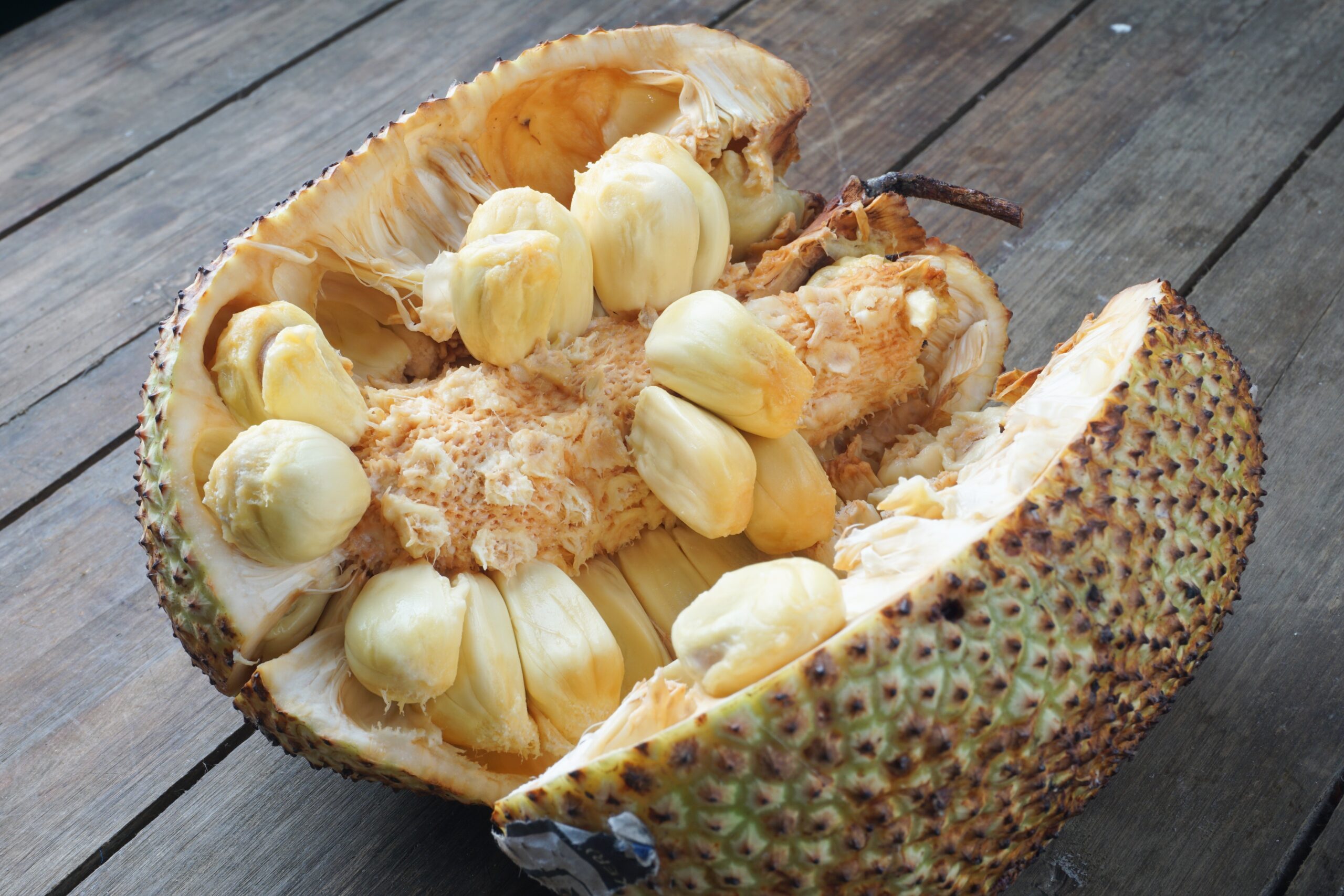
Cempedak is a relative of jackfruit but has a softer, creamier texture and a sweeter taste. Its spiky skin hides golden yellow segments that are often eaten fresh or deep-fried. Native to Malaysia and Indonesia, cempedak is a seasonal delicacy that locals eagerly await. The fruit is rich in vitamin C and fiber, making it a nutritious indulgence. Its seeds are also edible when cooked, adding to its versatility. The aroma and taste of cempedak are distinct, leaving a lasting impression.
Bilimbi
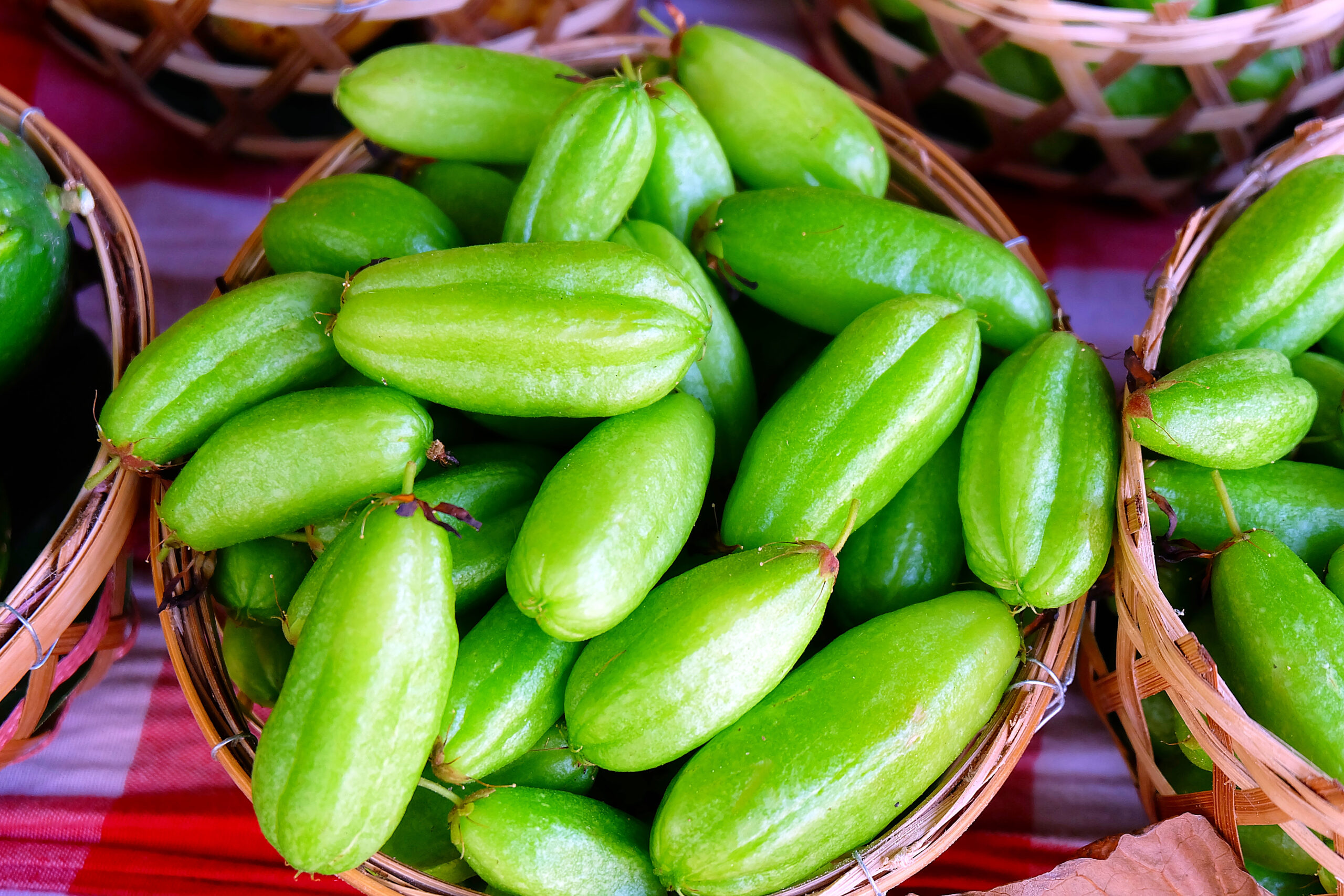
Bilimbi, or cucumber tree fruit, is a sour, green fruit often used in Southeast Asian cooking. Its tart flavor makes it a but critical in sauces, pickles, and marinades. Found in countries like Indonesia and the Philippines, bilimbi is prized for its unique flavor. The fruit is rich in vitamin C and has traditional uses in herbal medicine. While not typically eaten fresh, its culinary versatility makes it an important fruit. Bilimbi adds a zesty kick to any dish.
Pulasan
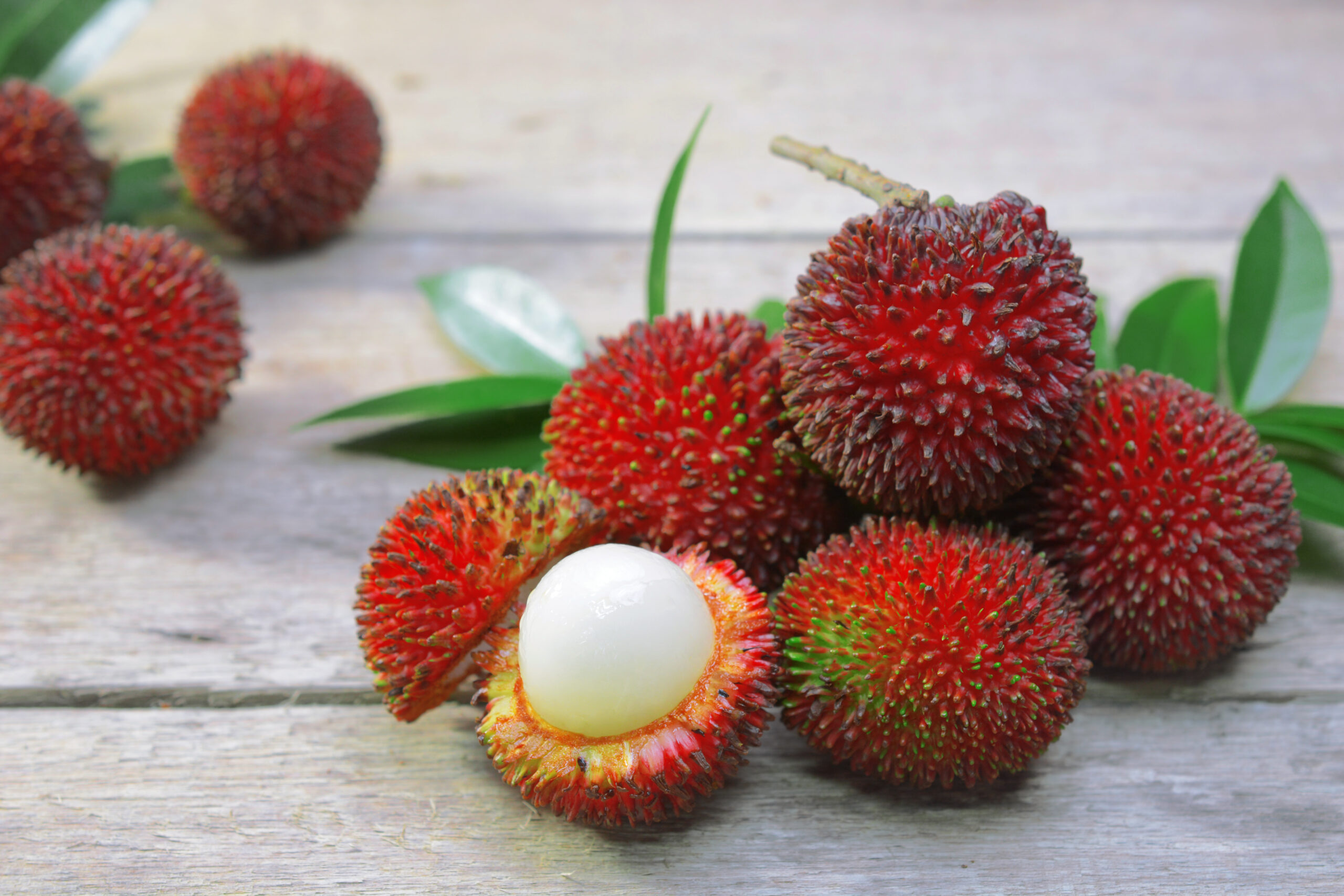
Similar to rambutan, pulasan is a lesser-known tropical fruit with a sweet, juicy flavor. Its bright red, spiky skin is easy to peel, revealing a translucent white flesh. Native to Malaysia, pulasan is often compared to lychee but with a more intense sweetness. It is rich in vitamins A and C and is a delightful snack. Pulasan is less widely exported than its cousin, making it a rare treat outside Southeast Asia. Its vibrant appearance makes it a standout in fruit markets.
Jocote
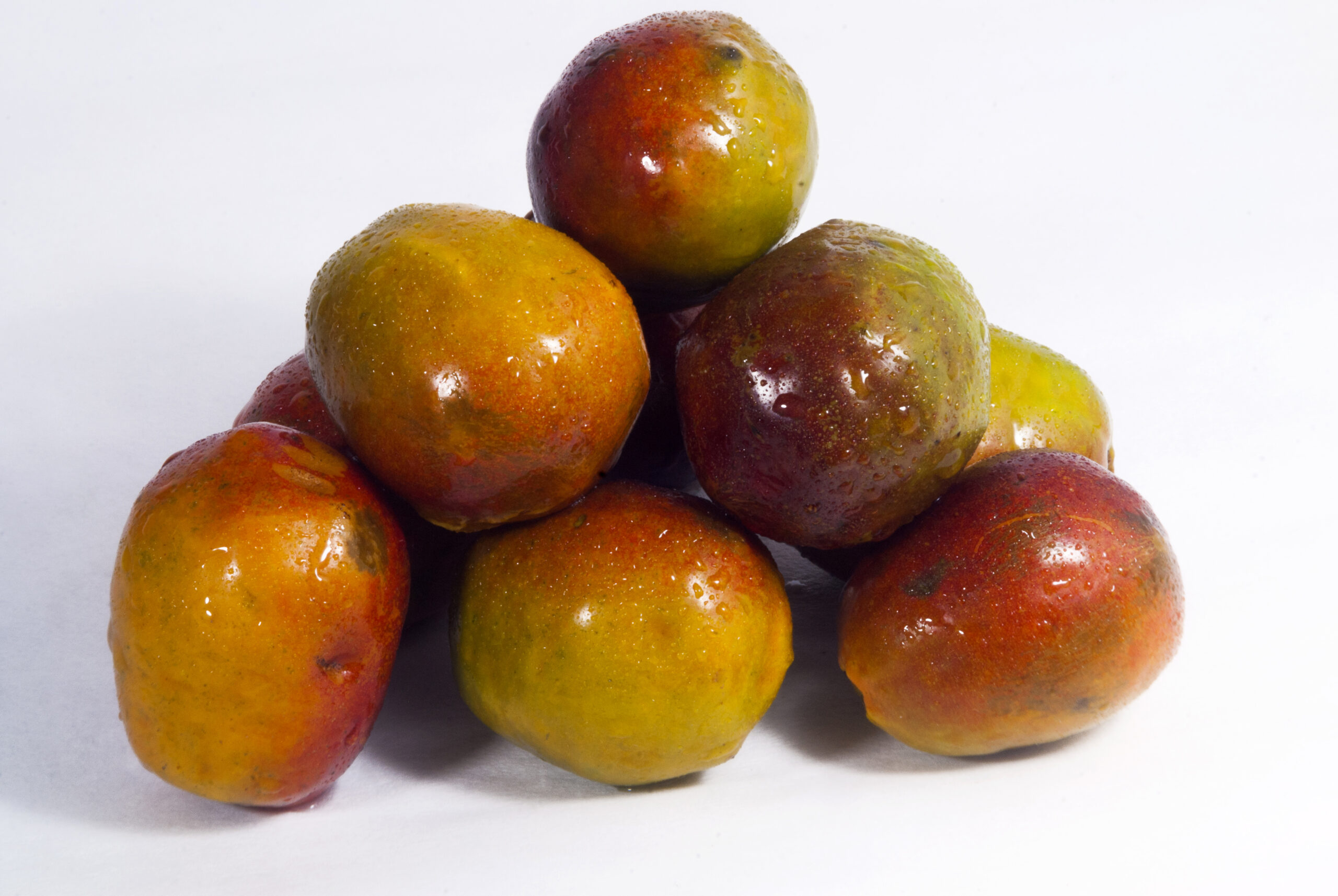
Jocote, or hog plum, is a small, oval fruit with a tangy, sweet flavor. Found in the Philippines and other tropical countries, it changes color as it ripens, from green to yellow or red. Jocote is rich in vitamin C and is often eaten fresh or made into jams. Its tartness makes it a refreshing snack, especially when paired with salt or chili. The fruit’s small size makes it easy to carry and enjoy on the go. Its zesty flavor is a delightful surprise.
This article originally appeared on RetailShout.
More From RetailShout
15 Delicious ALDI Desserts That Will Impress Your Guests

These ALDI desserts are not only delicious but also easy to prepare and serve, making them ideal for any occasion. Whether you’re hosting a casual get-together or a formal dinner party, these treats will leave your guests asking for seconds. Read More.
18 Decadent Chocolate Treats You Can Whip Up in Under an Hour

We’ve all daydreamed about having a golden ticket to a chocolate factory, surrounded by endless sweets and rivers of rich cocoa. While that might be a fantasy, whipping up your own decadent chocolate treats doesn’t have to be! Read More.
13 Best ALDI Coffee Blends to Start Your Day Right

If your morning routine needs a serious wake-up call, ALDI’s coffee blends have you covered with bold flavors and smooth sips. Whether you’re craving a rich dark roast or a hint of hazelnut, these picks are guaranteed to fuel your day. Read More.

